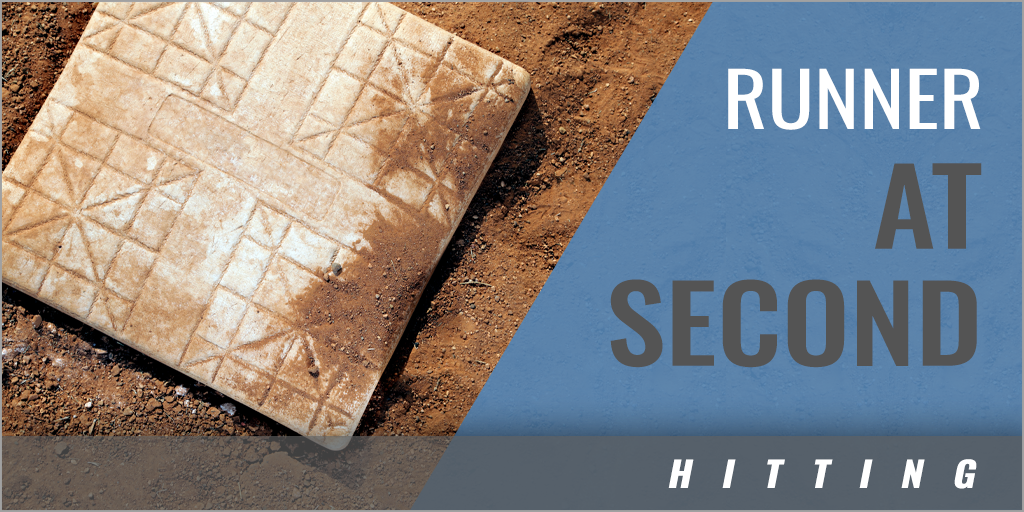|
By: Todd Guilliams Originally Published in: High-Scoring Baseball Provided by: Human Kinetics What does "Get 'em over" mean? When a runner is at second base with no outs, the batter wants to advance the runner to third so that the next batter can drive him in without a base hit. Hitting behind the runner is a trademark of a proficient offense. In its purest sense, by hitting the ball behind the runner the offense trades an out for a run, but when a hitter does it aggressively he may produce an RBI single or at least put runners at first and third. Not all "failures" are really failures. Some of them can contribute to run creation. The official score reflects this by not charging an at-bat when the hitter delivers a sacrifice or sacrifice fly. But a hitter who, with no outs and a runner on second, gives himself up by grounding to the right side of the infield, thereby enabling the runner to advance to third, has "failed" to get a hit but has succeeded at the team project of advancing the process of run creation. (Will, 1990) The over-and-in is not always an easy play to execute. The battle for supremacy at the plate in this situation is extremely heated because the pitcher will do everything he can to make the batter hit the ball to left side of the infield while the batter is doing everything he can to hit the ball to the right side of the infield (Will, 1990). In a perfect world for the offense, the ball would go in the four hole and the runner would score from second base. The batter would end up at second base when the outfielder tries to throw out the runner at home. ow the situation has replicated itself; the offense has a run in and another runner in scoring position. The fallback plan would be for the batter to hit a hard ground ball to the right side of the infield, at the very least advancing the runner to third. A right-handed hitter must be able to hit a hard ground ball to the right side of the infield to advance a runner from second to third. The pitcher will make it difficult on the right-handed batter to do so by busting him inside with fastballs or by throwing him slow pitches down in the zone, making it difficult for him to carve the ball to the right side. The left-handed hitter has the advantage of being able to pull the ball to the right side of the infield, which for many hitters is an easier skill than hitting the ball on the ground to the back side of the field. The pitcher will try to induce a left-handed hitter to hit the ball to left side of the infield by throwing him balls on the outer half the plate. This game within the game, the confrontation between the pitcher and the hitter, is the essence of baseball. The hitter must win this battle if the offense is to score runs consistently. With no outs, trying to hit behind the runner is considered smart baseball. A hitter is trying to get the man over by going the other way, but he should try to accomplish this aggressively. The philosophy here is to advance the runner with a hit but to settle for the ground ball out. The other options here for right-hander would be a push bunt to the right side. A lefty can "take it with him" to produce similar positive results. With one out, the hitter's job is to hit the ball hard, anywhere. He can figure his quality at-bat average and count his RBIs. With two outs, his job is easy! He just needs to buckle down and concentrate on hitting a line drive down, through the middle. How does a right-handed batter go about hitting the ball the other way?
|







